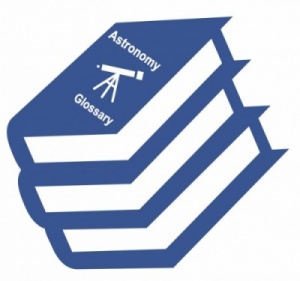
Astronomy Glossary: What do the Telescope terms mean?
Buying your beginner’s telescope can be a big step, especially if you are not sure what all those terms mean. Below is an explanation of the key telescope terminology. Understanding these key telescope terms will enhance your ability to navigate the world of telescopes and make informed decision when choosing the best beginner’s telescope for you.
1. Aperture. The diameter of a telescope's optical system – whether it be a primary lens or mirror. This determines how much light the telescope can gather. A larger aperture allows for more light capture, better resolution and visibility of faint objects.
2. Focal Length. Simple explanation: The distance between the telescope's primary lens or mirror and the point where the light rays converge to form an image. Some more complex optical systems use curved mirrors to make the telescope’s main light gathering lens of mirror seem further away. A longer focal length gives a larger image scale and higher magnification. A shorter focal length gives a wider field of view.
3. Magnification. The increase in the apparent size of an object when viewed through a telescope. It is calculated by dividing the telescope's focal length by the eyepiece's focal length. A magnification of 50x (for example) will make something appear 50x larger (in linear dimensions)

4. Field of View. The amount of sky in degrees visible in the eyepiece of the telescope (or binoculars). This is the Actual Field of View. Different eyepiece designs have different Apparent Field of View measurements (again in degrees) which in simple terms is the size of the ‘circle’ you see when you look into an eyepiece. This and the telescope's magnification can be used to determine the Actual Field of View.
5. Mount. The support framework or stand that holds the telescope and allows it to move smoothly around the sky. There are two main types: Equatorial (axes aligned with Earth's rotation) and Altazimuth (axes aligned vertically and horizontally).
6. Eyepiece. A small lens that you look through to observe the magnified image produced by the telescope. Different eyepieces provide varying levels of magnification.
7. Barlow Lens. An accessory that increases the effective focal length of the telescope, resulting in higher magnification.
8. Finderscope. A sighting aid mounted on the main telescope that helps locate and centre objects before viewing through the main eyepiece. Finderscope can be a smaller secondary telescope with a crosshair, or a ‘red dot’ type which superimposes a dot or cross on the user’s natural view of the sky.
9. Diagonal. A mirror or prism that changes the direction of the light path, allowing for more comfortable viewing when the telescope is pointed at high angles.
Star Diagonal – a prism or mirror set to direct light at a 90° angle to the telescope’s optical axis, providing more convenient and comfortable viewing of objects nearly overhead so observers can avoid neck-craning angles.
Erect Image Diagonal – a right angle or 45° star diagonal that replaces a regular prism with an Amici or penta prism.
10. Collimation. The process of aligning the optical elements of a telescope to ensure clear and sharp images. Collimation is routinely needed in reflectors, often in Catadioptric systems but seldom in refractors.

